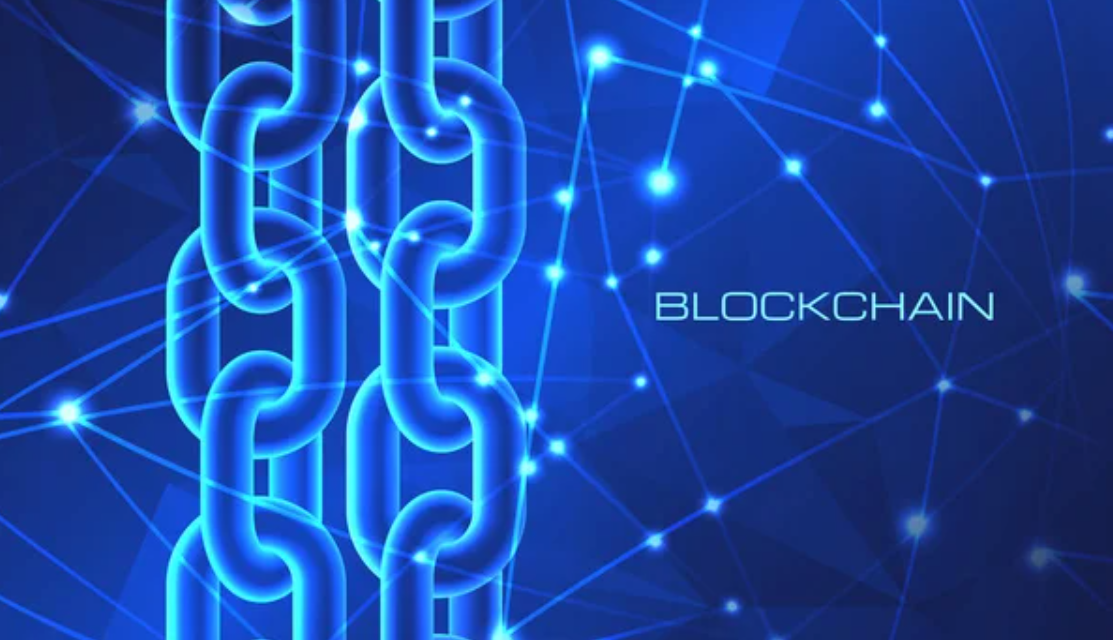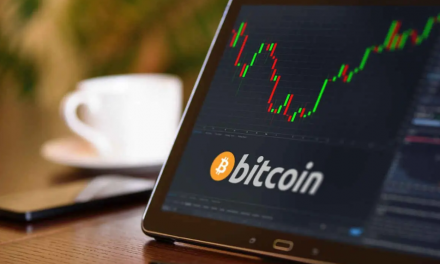Blockchain technology, often associated with cryptocurrencies and decentralized finance, is on the brink of revolutionizing the financial sector in ways that are not as widely discussed. Despite the common narrative of blockchain as a tool to dismantle traditional finance, its real impact lies in its potential to enhance and modernize the existing financial systems.
A New Chapter for Blockchain in Financial Institutions
Blockchain, the technology underpinning well-known cryptocurrencies like Bitcoin and Ethereum, has been acclaimed for its decentralized, secure, and transparent nature. This technology, functioning as a distributed ledger, chronicles transactions across numerous computers, ensuring transparency and security through advanced cryptography.
However, the adoption of blockchain in enterprise and financial institutions requires a version of blockchain that aligns with contemporary financial communication and reporting standards. This is where ISO 20022 comes into play.
ISO 20022, formulated by the International Organization for Standardization, is a global messaging standard fostering communication and interoperability among financial institutions. It offers a unified language for various financial transactions, encompassing payments, securities, reporting, and analytics. Launched in March 2023, ISO 20022 has been globally embraced for its role in standardizing and streamlining financial communication.
The Synergistic Integration of ISO 20022 and Blockchain
The fusion of ISO 20022 with this technology heralds a new era of efficiency and security in finance, addressing several longstanding challenges:
- Interoperability and Standardization: ISO 20022, as a universal financial messaging standard, combined with blockchain, promises unparalleled interoperability. This integration facilitates seamless communication between diverse blockchain networks and existing financial systems, enhancing transaction efficiency.
- Enhanced Security: The cryptographic security of blockchain and the robust messaging standards of ISO 20022 together bolster financial security. Blockchain’s decentralized structure reduces risks associated with centralized systems and cyberattacks, ensuring the integrity of financial data.
- Real-time Settlements: The pairing of blockchain and ISO 20022 enables almost instantaneous transaction settlements. Smart contracts, which are automated and encoded contractual agreements, streamline the settlement process, reducing time and costs involved in traditional systems.
- Cost Reduction: This integration offers significant cost savings by automating routine operations, diminishing the need for manual oversight, and reducing intermediary involvement, thereby cutting costs.
- Improved Transparency: Blockchain’s inherent transparency complements financial transactions. With an accessible, immutable ledger, it promotes accountability and fraud prevention, enhancing regulatory compliance.
- Financial Inclusion: By automating processes and reducing costs, the integration of blockchain and ISO 20022 can widen access to financial services, particularly for smaller institutions and emerging markets. This could lower entry barriers and stimulate economic growth in underserved areas.
Rethinking Blockchain’s Role in Finance
The future of blockchain in finance is not about overthrowing existing systems but about enriching and improving them. By merging blockchain’s innovative capabilities with established financial communication standards, the financial sector can undergo a seamless and profoundly beneficial transformation.





